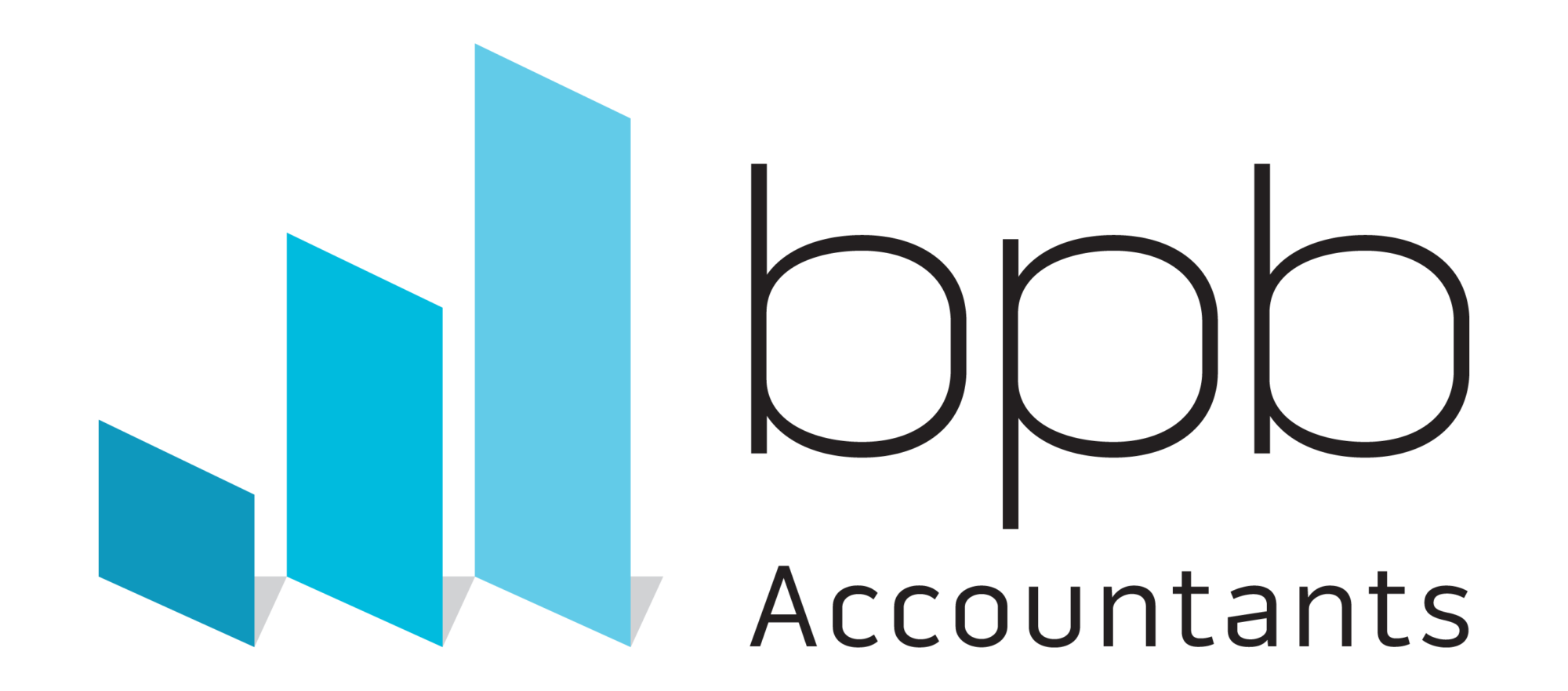Overview
Making Tax Digital is a key part of the government’s plans to make it easier for individuals and businesses to get their tax right and keep on top of their affairs.
HMRC’s ambition is to become one of the most digitally advanced tax administrations in the world. Making Tax Digital is making fundamental changes to the way the tax system works – transforming tax administration so that it is:
- more effective
- more efficient
- easier for taxpayers to get their tax right
The majority of customers want to get their tax right but the latest tax gap figures show that too many find this hard, with avoidable mistakes costing the Exchequer £8.5 billion in 2018 to 2019. The improved accuracy that digital records provide, along with the help built into many software products and the fact that information is sent directly to HMRC from the digital records, avoiding transposition errors, will reduce the amount of tax lost to these avoidable errors.
HMRC has consulted with stakeholders throughout the development of Making Tax Digital, both formally and informally.
The primary legislation for Making Tax Digital relating to VAT and Income Tax is contained in the Finance (No.2) Act 2017, providing certainty about the broad framework in which Making Tax Digital will operate, with secondary legislation for VAT laid in February 2018, which came into force from April 2019.
HMRC have published a VAT Notice which explains the rules for Making Tax Digital for VAT and about the digital information that must be kept, and have published a communication pack for stakeholders, who can use the contents to inform their own communications activity and key messages for their clients, customers or members. As one of these stakeholders, BPB.Accountants are constantly monitoring the comms and changes issued by HMRC around MTD, so that we can provide the best possible advice to our clients.
VAT
VAT-registered businesses with a taxable turnover above the VAT threshold (£85,000) are now required to follow the Making Tax Digital rules by keeping digital records and using software to submit their VAT returns.
If you are below the VAT threshold you can voluntarily join the Making Tax Digital service now.
VAT-registered businesses with a taxable turnover below £85,000 will be required to follow Making Tax digital rules for their first return starting on or after April 2022.
Come and talk it through with our tax specialist, or you can find out more about VAT records for Making Tax Digital.
Making Tax Digital for Income Tax.........NOW DEFERRED
Currently there are only 2 categories of Business which would involve their owners in MTD: Self-employed businesses, and landlords.
| • | from April 2026, self-employed individuals and landlords with an income of more than £50,000 will be required (mandated) to keep digital records and provide quarterly updates on their income and expenditure to HMRC through MTD-compatible software |
| • | those with an income of between £30,000 and up to £50,000 will need to do this from April 2027 |
Some businesses and agents are already keeping digital records and providing updates to HMRC as part of a live pilot to test and develop the Making Tax Digital service for Income Tax. If you are a self-employed business or landlord you can voluntarily use software to keep business records digitally and send Income Tax updates to HMRC instead of filing a Self Assessment tax return. Contact us if you would like to be part of this pilot.
Making Tax Digital for Corporation Tax
The government has published a consultation on the future design of Making Tax Digital for Corporation Tax and welcomes views from companies and other organisations within the charge to Corporation Tax, agents, professional bodies and software developers.
The government will provide businesses with an opportunity to take part in a pilot for Making Tax Digital for Corporation Tax and will not mandate its usage before 2026.
